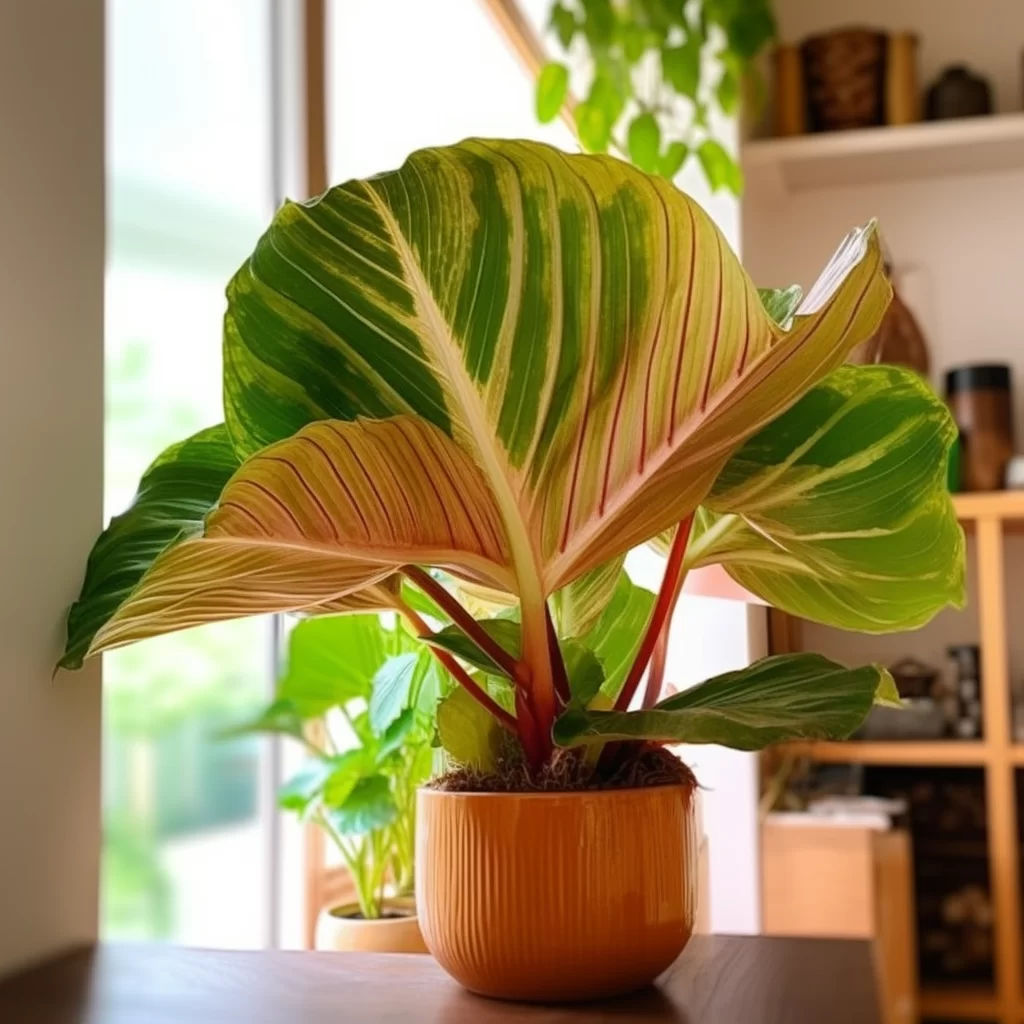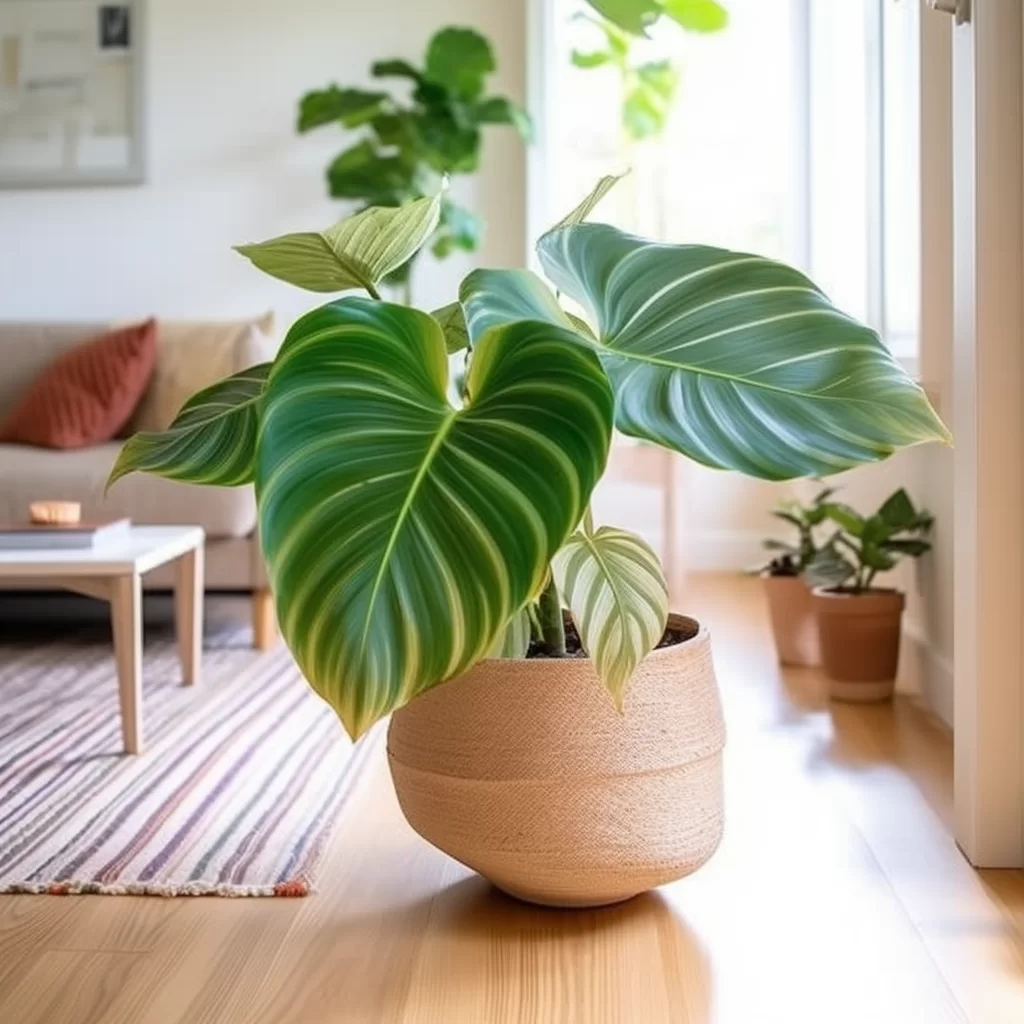Story of Day :
Contents
Elephant Ear Indoor Plant: A Complete Guide and Care Tips
Are you looking for a unique houseplant that can add style and flair to your home or office? Consider adding an elephant ear plant to your collection.
With its large, vibrant leaves, this tropical plant can create a bold statement in any room.
What is an Elephant Ear Plant?
The elephant ear plant, also known as Colocasia or taro, is a member of the Araceae family.
Native to Southeast Asia, this tropical plant grows well indoors and outdoors in warm climates.
The most striking feature of the elephant ear plant is its large leaves that resemble the shape of an elephant’s ear.
These leaves can grow up to 3 feet long and come in various shades of green, blackish-purple or even variegated patterns.

How to Care for Your Elephant Ear Plant
Caring for your elephant ear indoor plant may seem daunting at first glance.
But with proper attention and care, you too can enjoy lush foliage year-round.
Light
- Your elephant ear plant prefers bright indirect light but can tolerate lower levels of light as well.
- Avoid direct sunlight as it may scorch the leaves or dry out the soil too quickly.
Watering
- Your Colocasia likes moist soil but not soggy roots.
Avoid overwatering by allowing the top inch layer of soil to dry before watering again.
- You might need to water more during summer months when temperatures are warmer than during winter when temperatures drop significantly low
.
Humidity & Temperature
- The elephant ear plant prefers a warm, humid environment with temperatures between 65°F-80°F.
- Use a humidifier or place the pot on top of a tray filled with pebbles and water to increase the humidity levels around your plant.

Soil & Fertilizer
- Elephant ear plants enjoy well-draining soil that is rich in organic matter.
A mix of potting soil, peat moss, and perlite is ideal for these plants.
- Feed your plant once every two weeks during the growing season using diluted liquid fertilizer.
Avoid fertilizing during winter or when growth slows down.
.
Potting Your Elephant Ear Plant
When looking for pots to use for your elephant ear indoor plant, choose ones that are larger than its root ball but not too spacious.
A snug fit will allow water to stay closer to the roots rather than trickling away too quickly

You can also select pots made from terra cotta or other porous materials as they allow excess moisture to escape which prevents root rot from developing.
Common Problems and Solutions
Drooping Leaves:If you notice drooping leaves despite regular watering , It’s likely due to lack of humidity surrounding the plants.
Try placing it near a source of moisture such as an open bowl filled with water nearby.
Brown Edges:Brown edges signify overwatering which leads to root rot occurring in your Colocasia.
Allow some time between watering sessions until you see improvements before resuming normal watering schedule again.

In Conclusion..x
The elephant ear indoor plant requires attention and care like any other houseplant.
But with the right amount of light, water, humidity and temperature conditions, it can grow into a beautiful addition to your indoor garden.
It’s unique leaves and tropical charm will brighten up any space while also being an air-purifying plant.
So what are you waiting for? Go get one for yourself today.